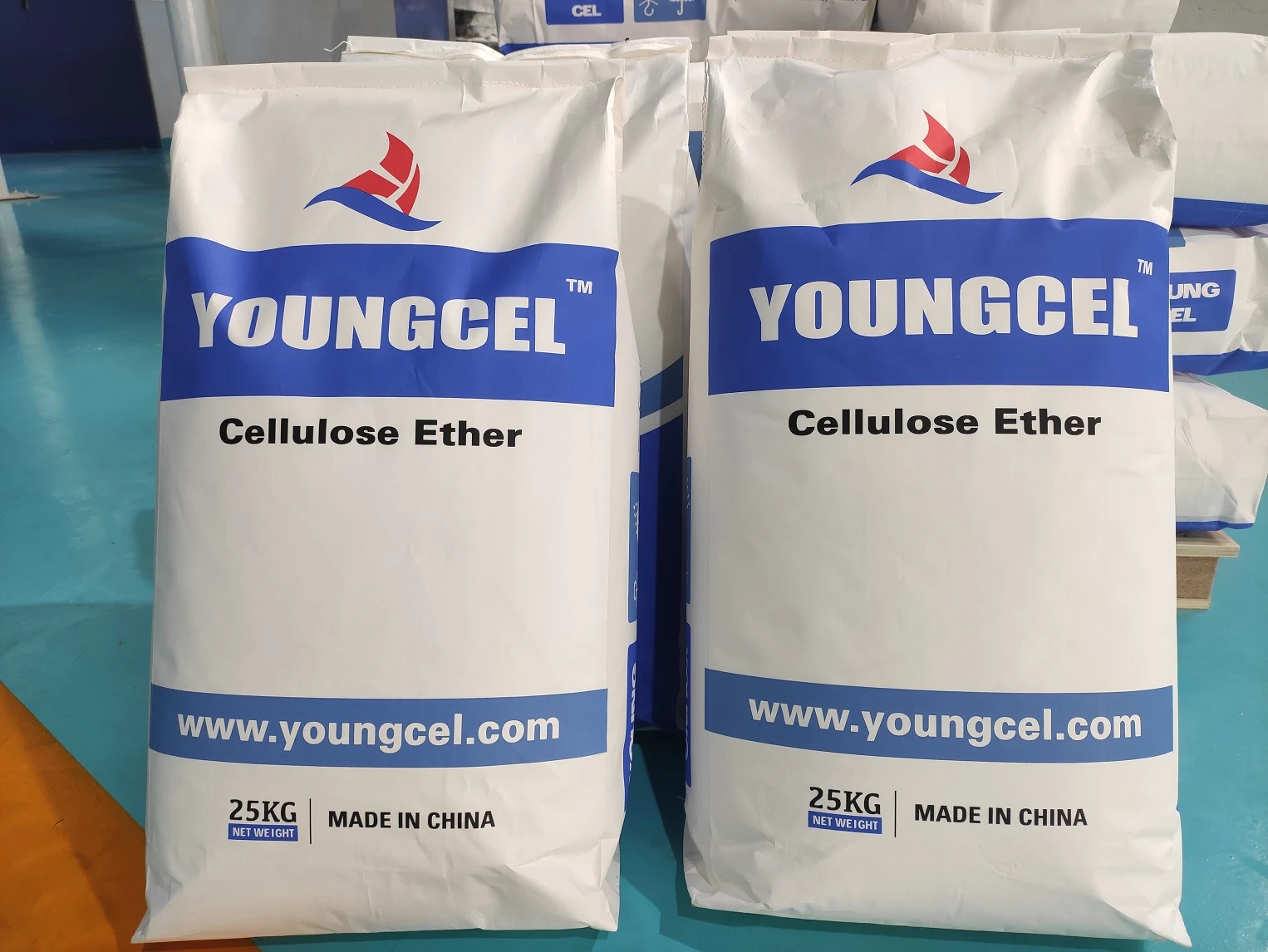Understanding HPMC The Versatile Polymer in Chemical Applications
Hydroxypropyl Methylcellulose (HPMC) is a semi-synthetic polymer derived from cellulose, a natural polymer found in plant cell walls. Renowned for its versatility and functionality, HPMC has become a crucial component in various industries, particularly in pharmaceuticals, food, construction, and personal care products.
Chemical Structure and Properties
HPMC is created through the etherification of cellulose. The cellulose molecules are modified by adding hydroxypropyl and methyl groups, which enhance solubility and adjust the polymer's viscosity. This modification allows HPMC to dissolve in cold water, making it an ideal thickening agent and film former. The polymer's properties can be tailored by adjusting the degree of substitution of the hydroxypropyl and methyl groups, which directly impacts its solubility, viscosity, and gel-forming capabilities.
Applications in Pharmaceuticals
In the pharmaceutical industry, HPMC serves multiple purposes. It is commonly used as a binder in tablet formulations, ensuring uniformity and mechanical strength. Moreover, HPMC plays a crucial role in controlled-release systems, where it regulates the dissolution and absorption of active pharmaceutical ingredients over time. This function is essential in optimizing therapeutic effects and minimizing side effects. HPMC's biocompatibility and non-toxic nature make it suitable for various medicinal applications, including ocular preparations and topical formulations.
Role in Food Industry
chemic hpmc

HPMC is recognized as a food additive, classified under E464. It is frequently utilized as a thickener, emulsifier, and stabilizer in a variety of food products. Its ability to retain moisture helps maintain food texture and freshness, which is critical in processed food items. Additionally, HPMC is used in gluten-free baking as a replacement for gluten, providing necessary structure and elasticity to pastries and bread. With the growing demand for clean-label products, HPMC’s natural origin and excellent functional properties make it a preferred ingredient among food manufacturers.
Construction Sector Utilization
In the construction industry, HPMC is an invaluable additive in cement, mortars, and tile adhesives. It enhances workability, extends open time, and improves the adhesion properties of these materials. Its water-retaining ability is crucial during the curing process of concrete, preventing rapid drying and cracking. Furthermore, HPMC contributes to the strength and durability of construction materials, making it essential in modern building practices.
Personal Care Applications
HPMC finds extensive use in personal care products such as lotions, creams, and shampoos. Its thickening and emulsifying properties ensure the stability and texture of cosmetic formulations. Furthermore, HPMC acts as a film-forming agent, providing a smooth aesthetic and enhancing the product’s application characteristics. The gentle nature of HPMC makes it suitable for sensitive skin formulations, adding to its popularity in the cosmetics industry.
Conclusion
HPMC stands out as a highly versatile and functional polymer that bridges across various industries. Its unique chemical properties allow it to fulfill a wide range of roles, from a thickener in food products to a binder in pharmaceuticals. As the demand for sustainable and efficient materials increases, the importance of HPMC is likely to grow, reinforcing its status as an essential ingredient across numerous applications. As researchers continue to explore its potential, the future of HPMC appears promising, paving the way for innovative solutions in both traditional and emerging markets.
-
Rdp Powder: Key Considerations for Wholesalers in the Building Materials IndustryNewsJul.08,2025
-
Key Considerations for Wholesalers: Navigating the World of Hpmc - Based ProductsNewsJul.08,2025
-
Hpmc Detergent: Key Considerations for WholesalersNewsJul.08,2025
-
Key Considerations for Wholesalers: China Hpmc For Tile Adhesive, Coating Additives, Concrete Additives, and MoreNewsJul.08,2025
-
Crucial Considerations for Wholesalers: Navigating the World of Construction MaterialsNewsJul.08,2025
-
Key Considerations for Wholesalers Sourcing Additive For Cement, Additive For Concrete, Additive For Putty from Additive Manufacturer Shijiazhuang Gaocheng District Yongfeng Cellulose Co., Ltd.NewsJul.08,2025




